Interview With Dr. Anthony Pease
Anthony Pease, DMV, MS, DACVR, is the chief veterinary medical officer at Viticus Group, formerly Western Veterinary Conference (WVC). In this position, he aims to provide quality veterinary didactic and hands-on continuing education courses to expand WVC Annual Conference offerings and to provide an individualized, one-of-a-kind participant experience for veterinary professionals. We sat down with Dr. Pease at this year’s WVC to learn more about how he is accomplishing this goal.
Dr. Pease, can you tell us your view on the future of learning and how WVC is utilizing technology to improve the learning experience?
Dr. Anthony Pease (AP): What we realized was that adult learners are not the same as they were 20 years ago. The 50-minute PowerPoint presentation doesn’t work anymore. COVID really changed how people learn. What we’ve found is that networking and interactive experiences seem to work better, and we have many innovations to facilitate learning.
One example that we used as an icebreaker during a practice manager session was a card game involving animals that steal your food from the refrigerator. The goal is to find ways to optimize your workforce. These interactions allow people to talk to each other, and the moderators and instructors encourage further exchanges.
We are also offering a glass blowing session where we’ll talk about ticks. The glass blower will create worry stones that look like red blood cells. The plan is to put little purple droplets on the stones to represent Heinz bodies, simulating babesiosis. So, these sessions will combine learning and art in an amazing process.
Another innovation is our 3D printer tutorials. We have an amazing neurologist who is going to teach people how to use 3D printers and explain what they are used for and how they affect his business. We actually used this technology to help owners grieving the loss of their pet by collaborating with Lap of Love and creating clay memorials from the pets’ nose and paw prints.
Our goal is to create a community of instructors who can work together and enhance learning by telling a story.
How does this correlate to a veterinarian’s experience in your learning lounge?
AP: Most of the 600 vendors in the exhibit hall have learning lounges made up of chairs in a glass enclosure. We wanted to make a more immersive experience. We were founded in 1928, and to reflect that, our learning lounge started as a 1928 style pharmacy. We then moved to a western saloon vibe, followed by a 1960s diner. For the 100th year anniversary, we will have a “clinic of the future.” The idea is to provide synergy and repetition for people, so they can come back year after year for an additive social experience.
Can you tell us more about the glassblowing session?
AP: The event is a first come first serve session that seats 70 in WVC Central. Greg LeFrancis, our glass blower with LeFrancis Studios, is an amazing local artist who blows glass Easter eggs and hides them throughout Las Vegas. People hunt for them throughout the city and post pictures on social media when they find one.
We took that idea, and with Boehringer Ingelheim as our partner, we created a tick hunt throughout WVC at the Mandalay Bay Convention Center. He created 96 unique glass ticks that come with a certificate of authenticity, and people who find one can take a picture, post it to social media, and keep the tick as a collector’s item.
Was this initially your idea?
AP: Yes. Our team came up with the idea and thought it would be fun. We talked to Boehringer Ingelheim and found out what new products they were launching. They had a lot going on in the flea, tick, and heartworm departments, so we thought doing a tick would be interesting. The artist had never made a tick before, so it took a lot of iterations, but he was great to work with through the process.
How has turnout been this year?
AP: Better than ever. We broke every record. We found that people enjoy the sense of community and feeling like we are in this together, trying to learn the latest and greatest technology. And it’s not just veterinarians, but also technicians, which is great to create synergy and lean in to make a veterinary community, as opposed to separate events for veterinarians and technicians. Technicians are so inquisitive and fun to teach.
What would you say was a highlight session?
AP: I’m a board-certified radiologist, and I had a couple of my friends talk about AI and the future of AI. It's so new, and it’s not just radiographs. Zoetis is using AI in different ways to look at blood products, and IDEXX also uses AI. The technology is integrating into data processing and data analysis, and we have to figure out how to lean in and use it in a mindful way.
AI is great for the veterinary industry, but I’m sure it’s important to review and verify the results you get?
AP: Yes. It’s easy to assume that the results are correct, but you must realize that it’s only as good as the data it receives. This is why the human factor is so important.
How has the new education model affected the lectures?
AP: The lectures of yesterday were by veterinary school professors, and the lectures of today tend to be social media influencers. We have to be careful to determine which influencers are influencing the veterinary side versus the entertainment side. It’s important to find people who focus on good quality medicine while educating.
What do you hope people take away from this experience?
AP: Many people feel lost at a big conference, and we want to create an individual experience during our sessions, while maintaining synergy and a sense of community.
Discover more: https://www.viticusgroup.org/wvc-2024-gallery



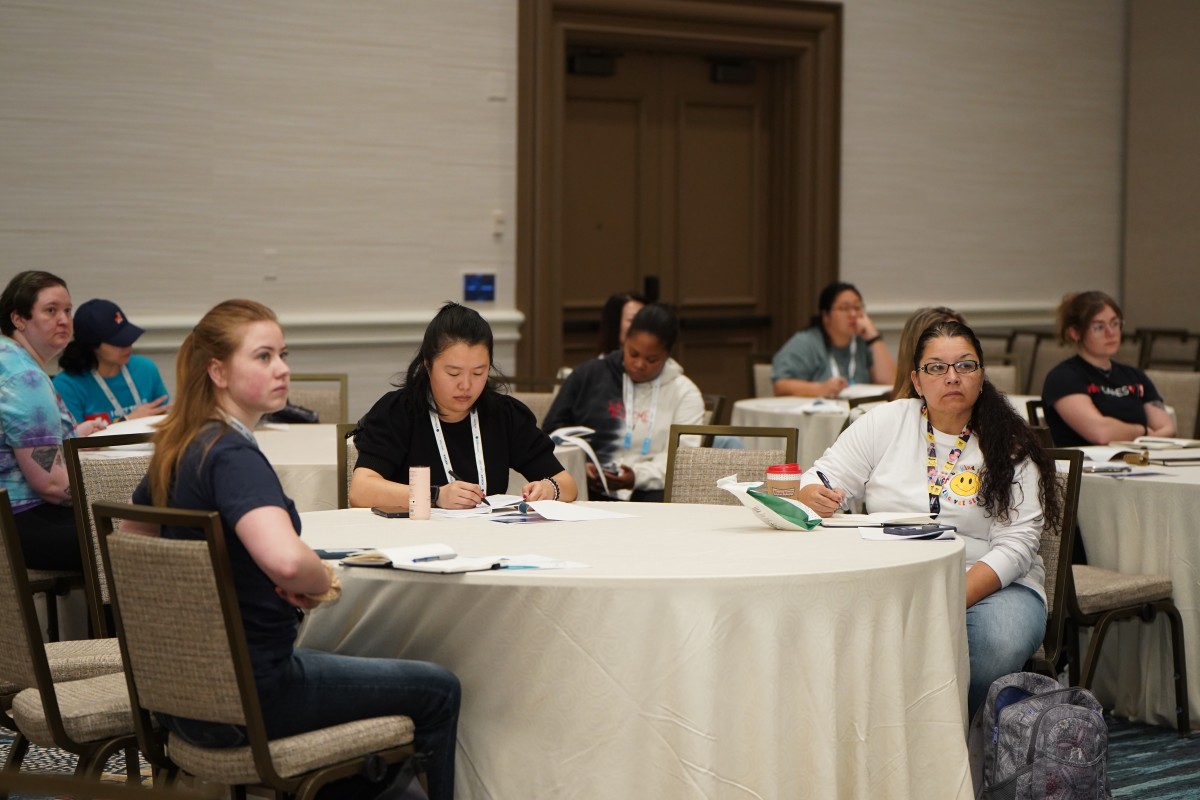
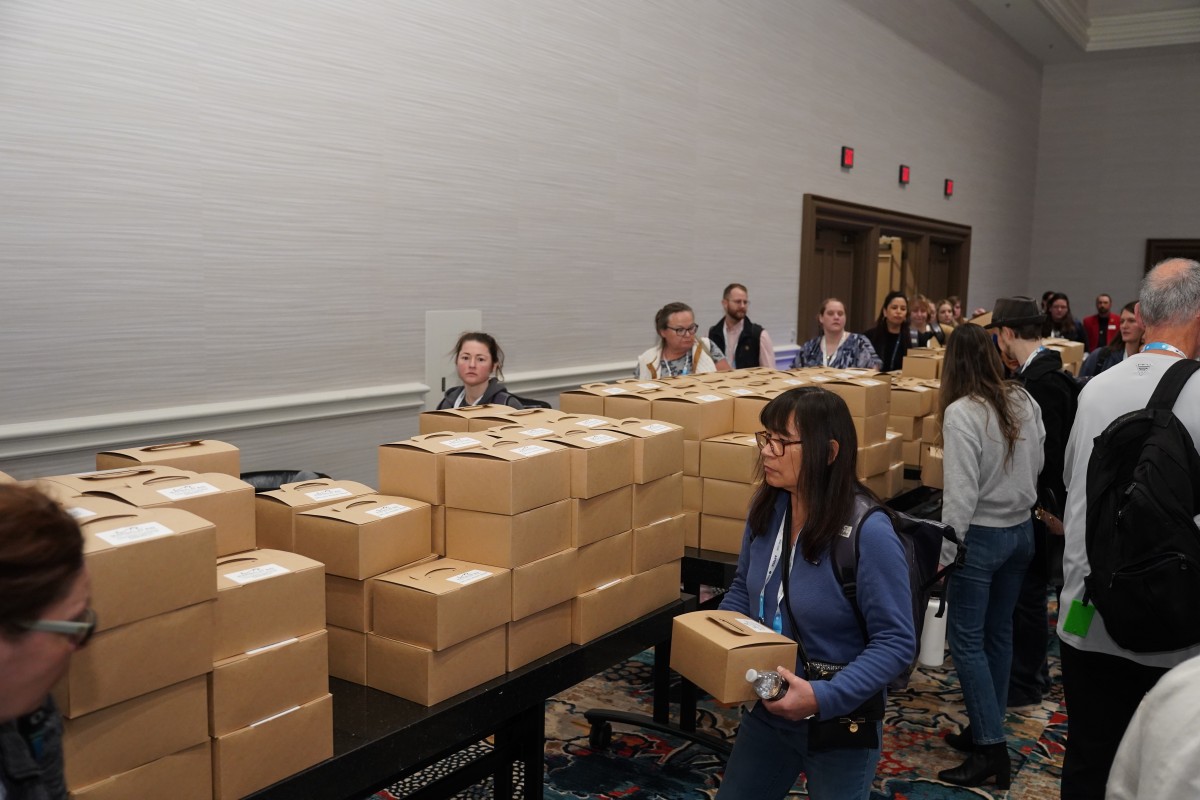
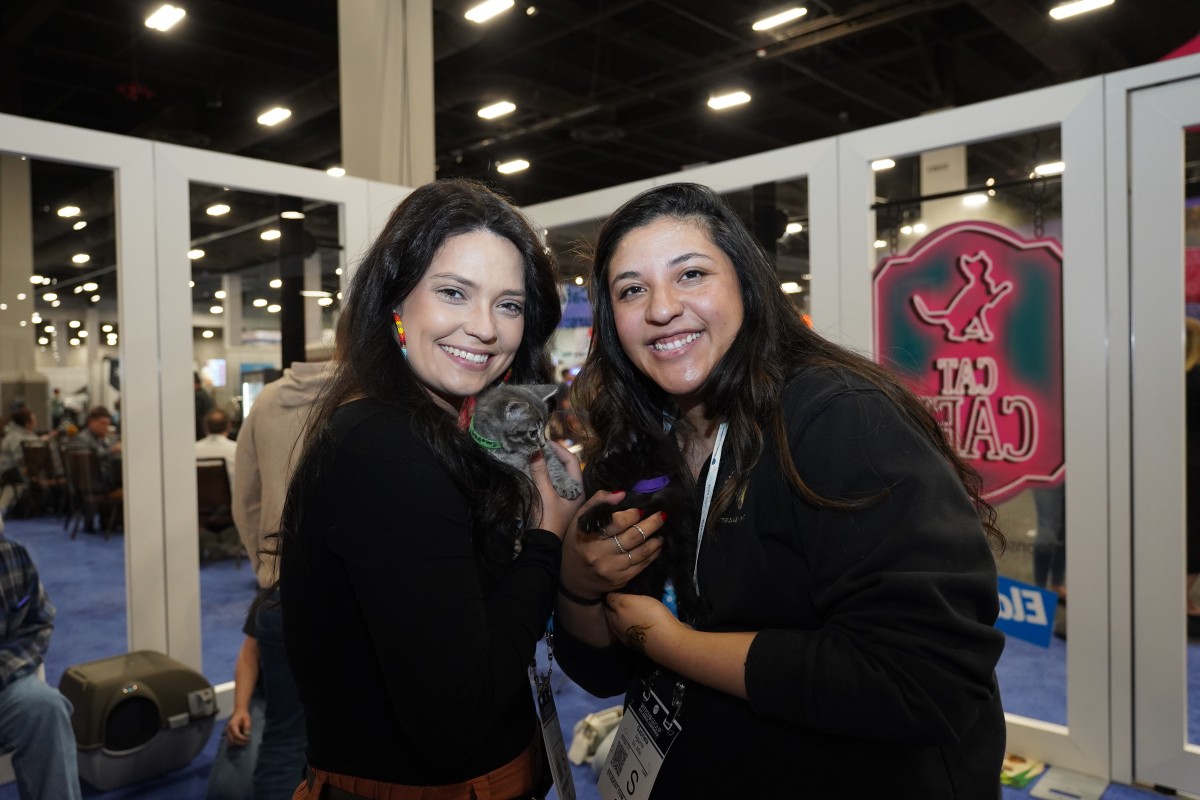
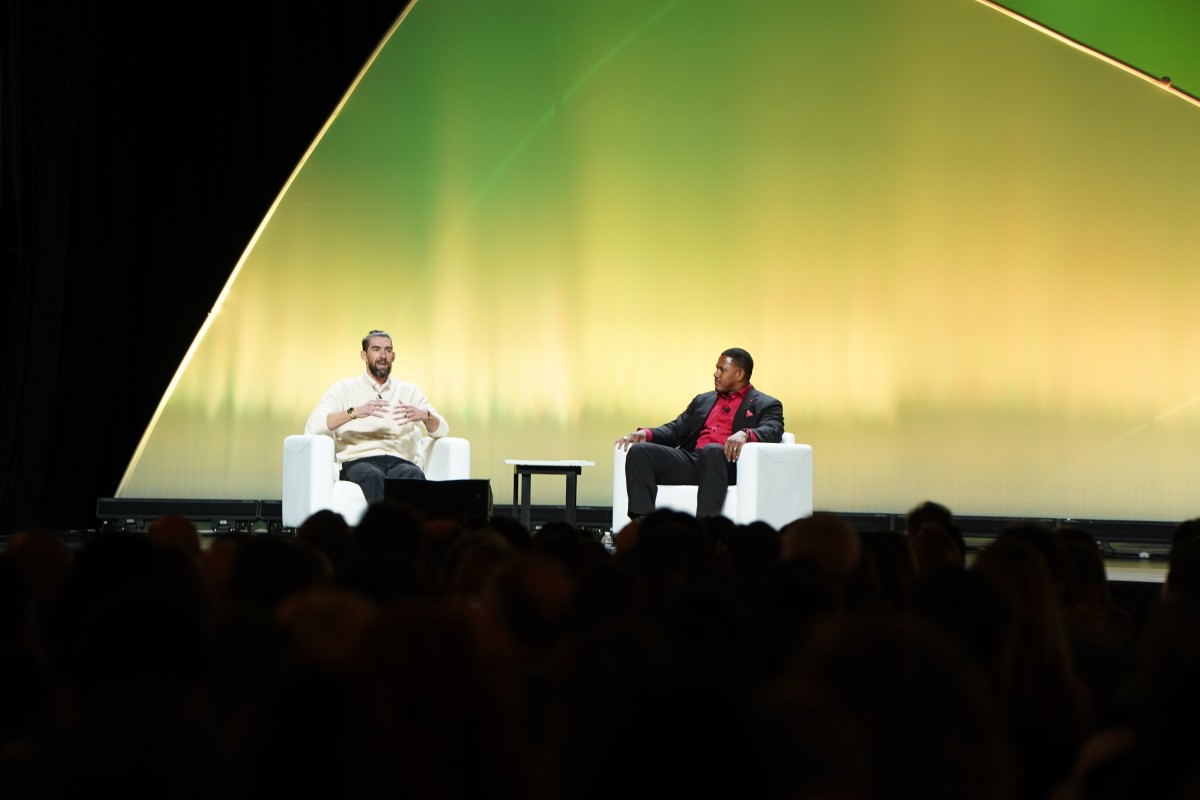
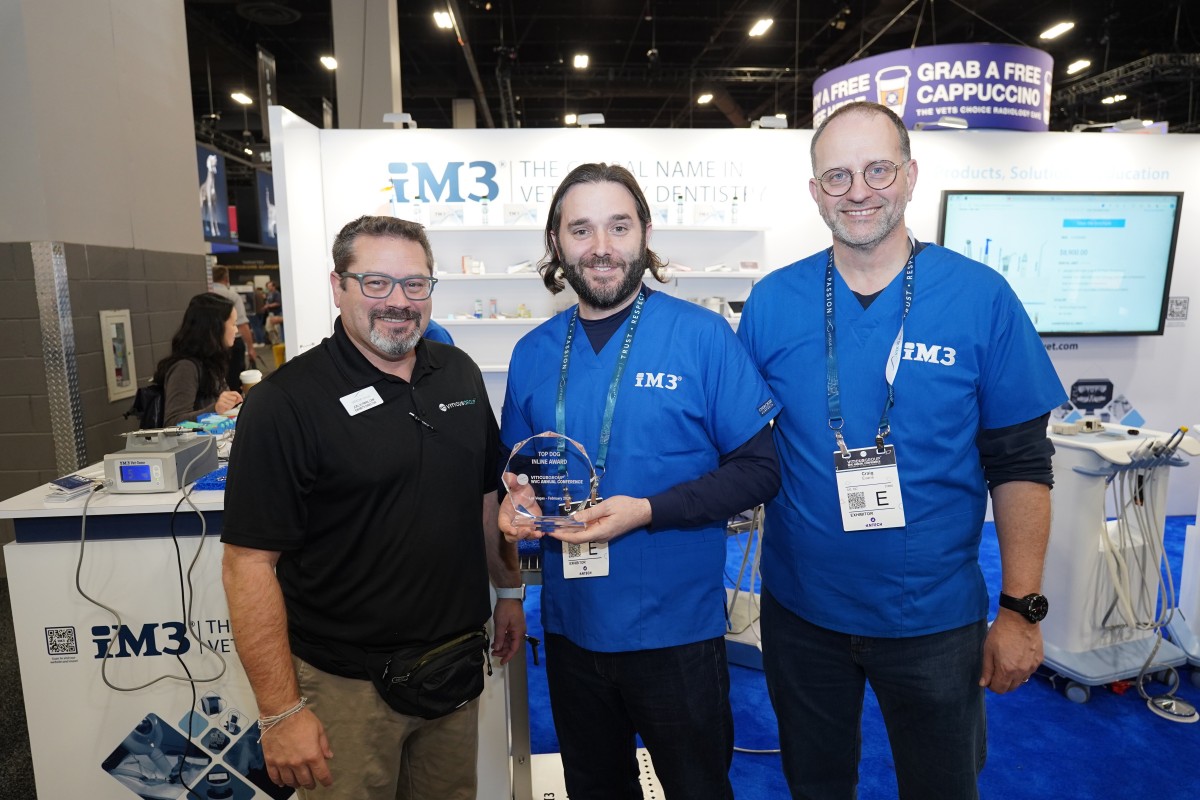

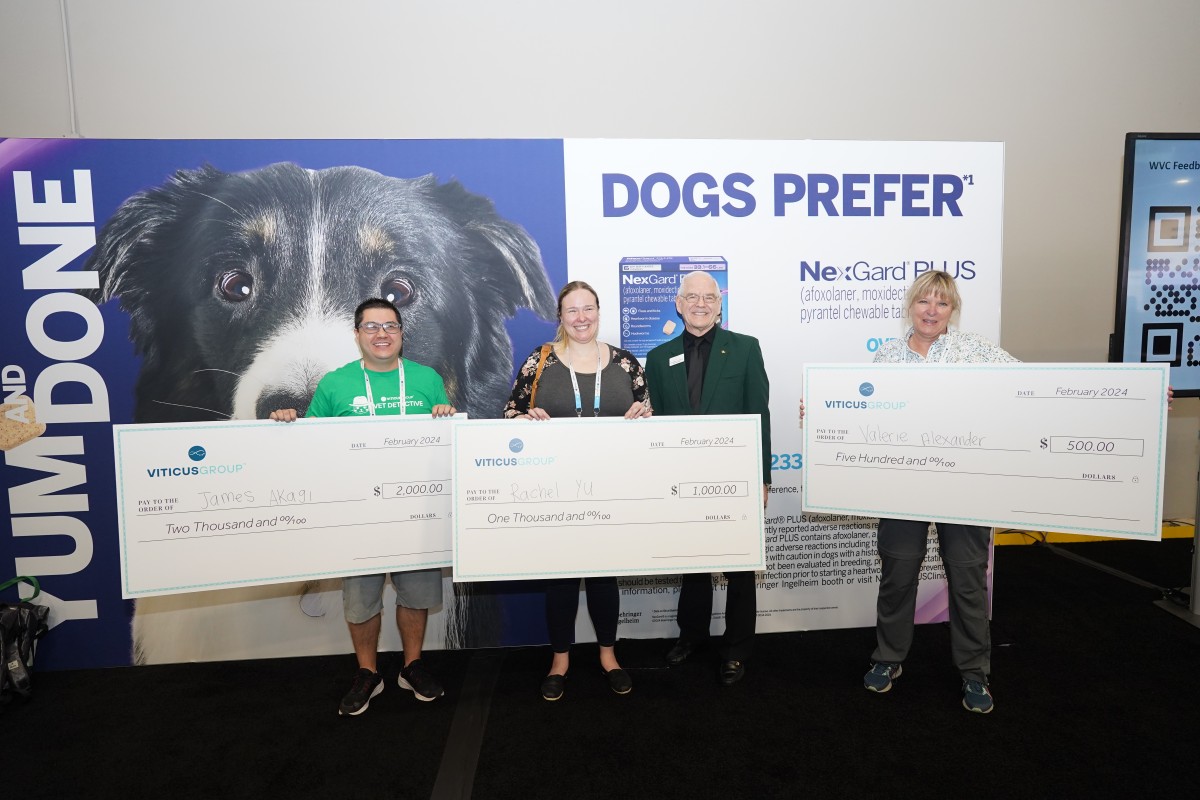
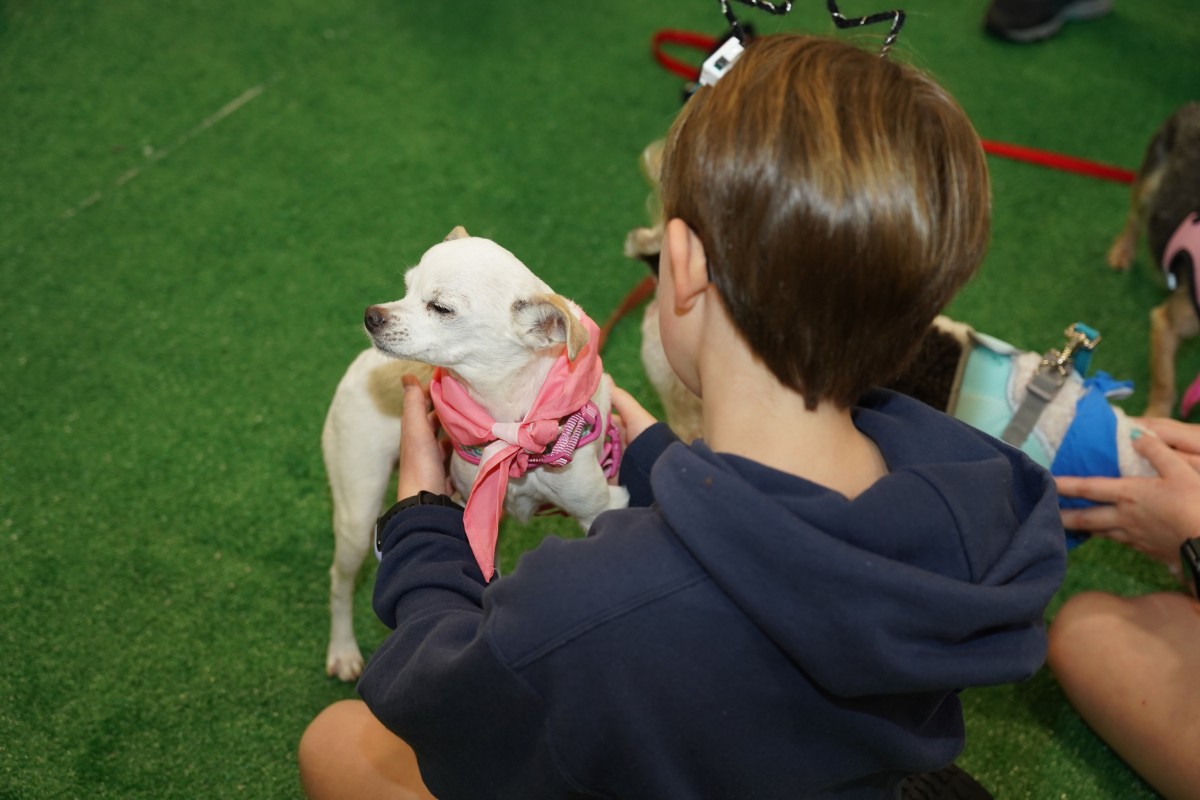
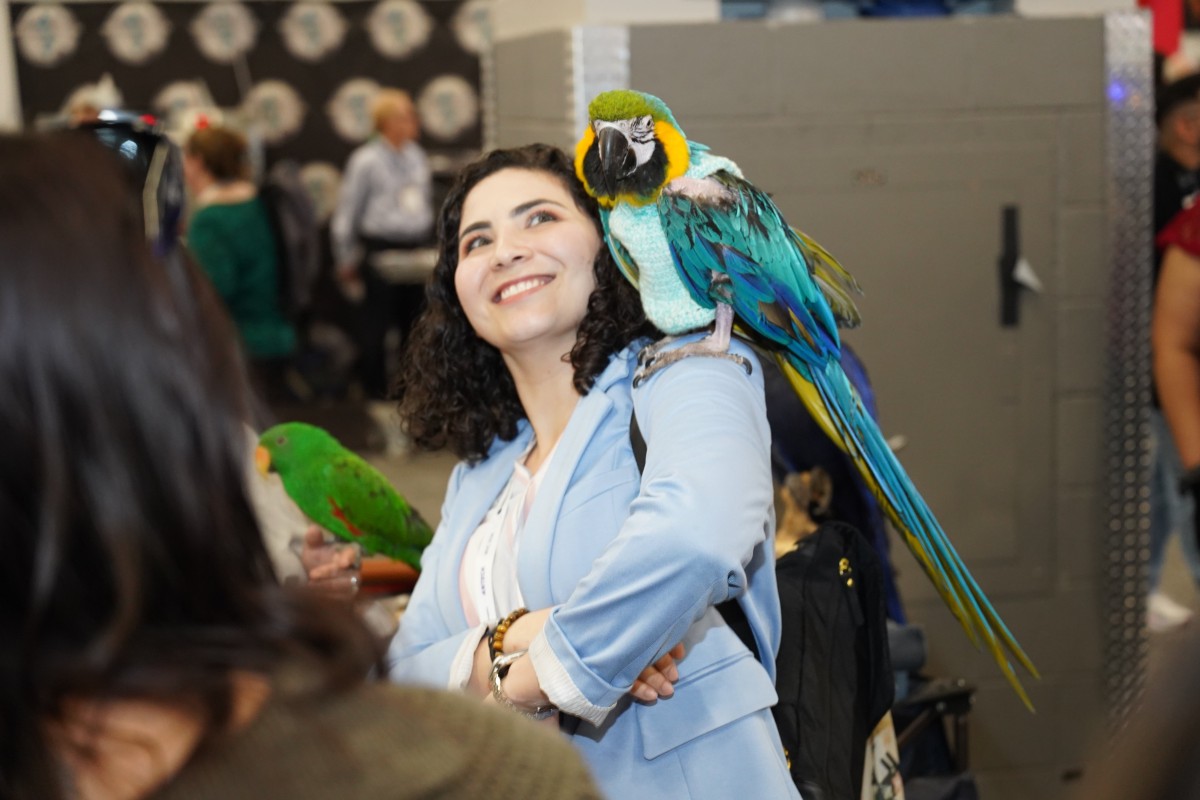
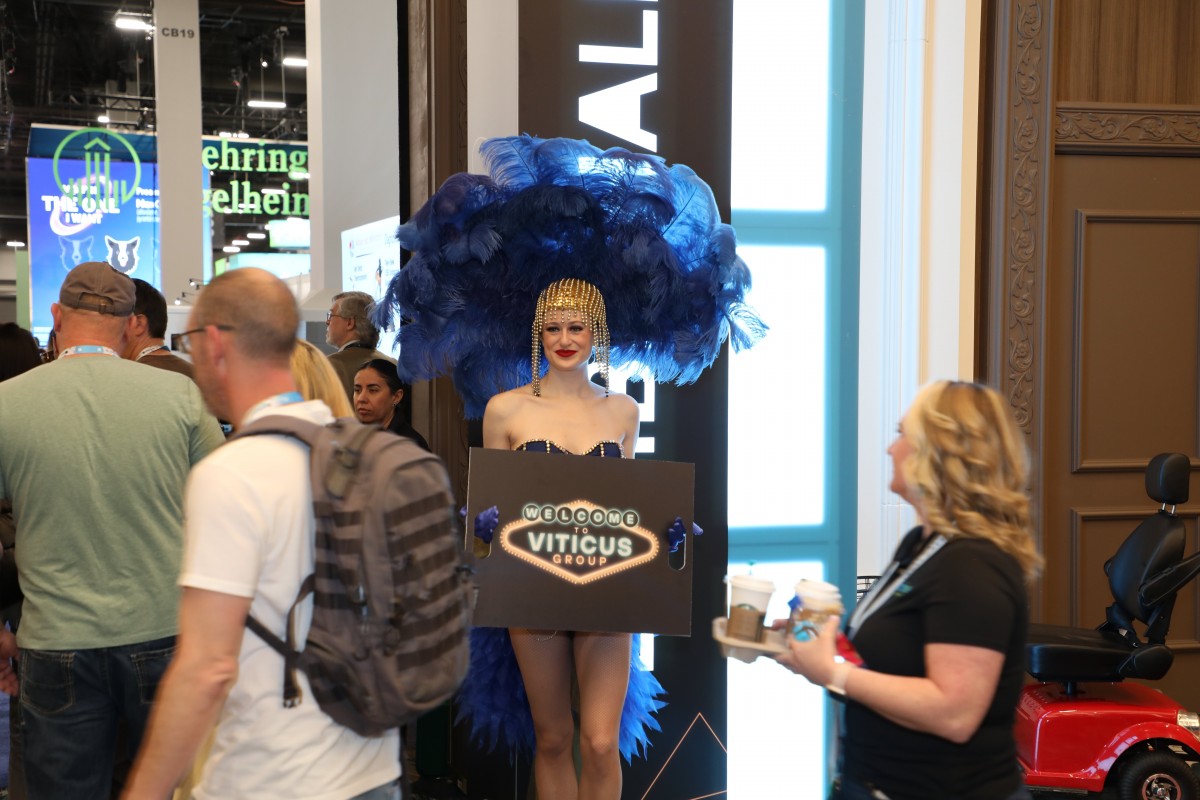
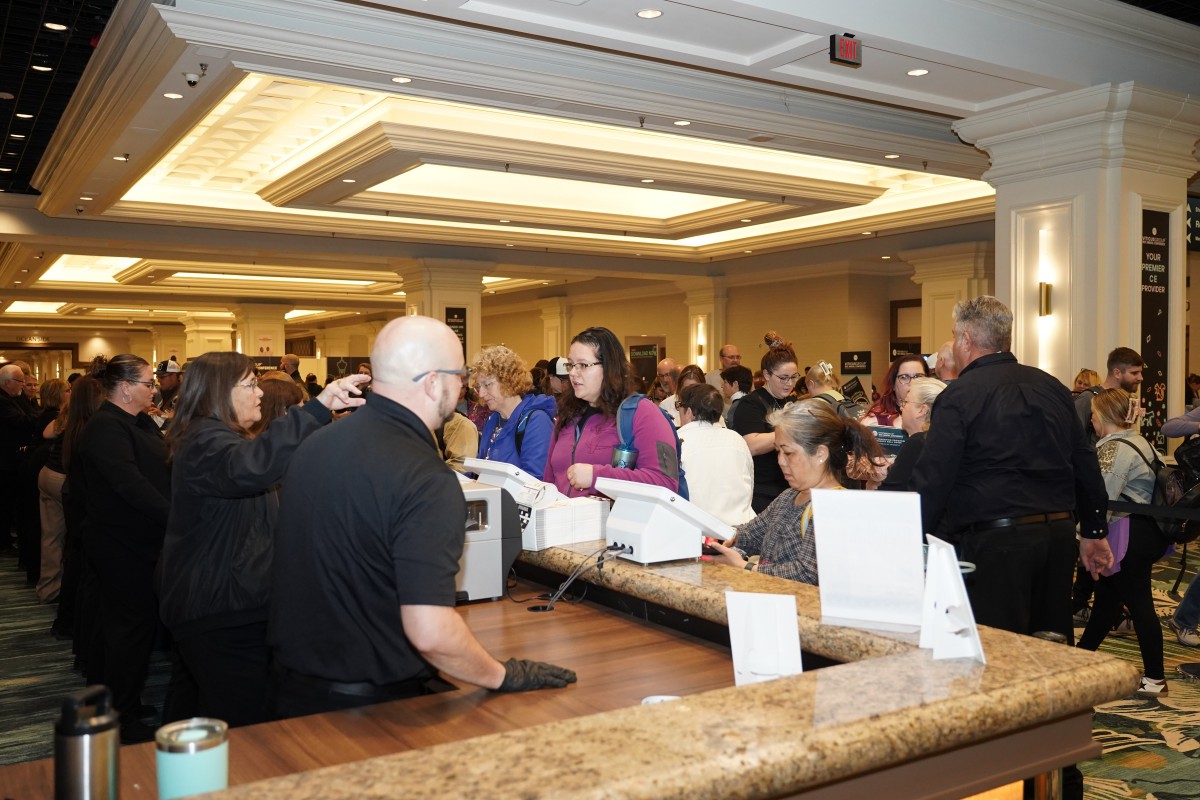
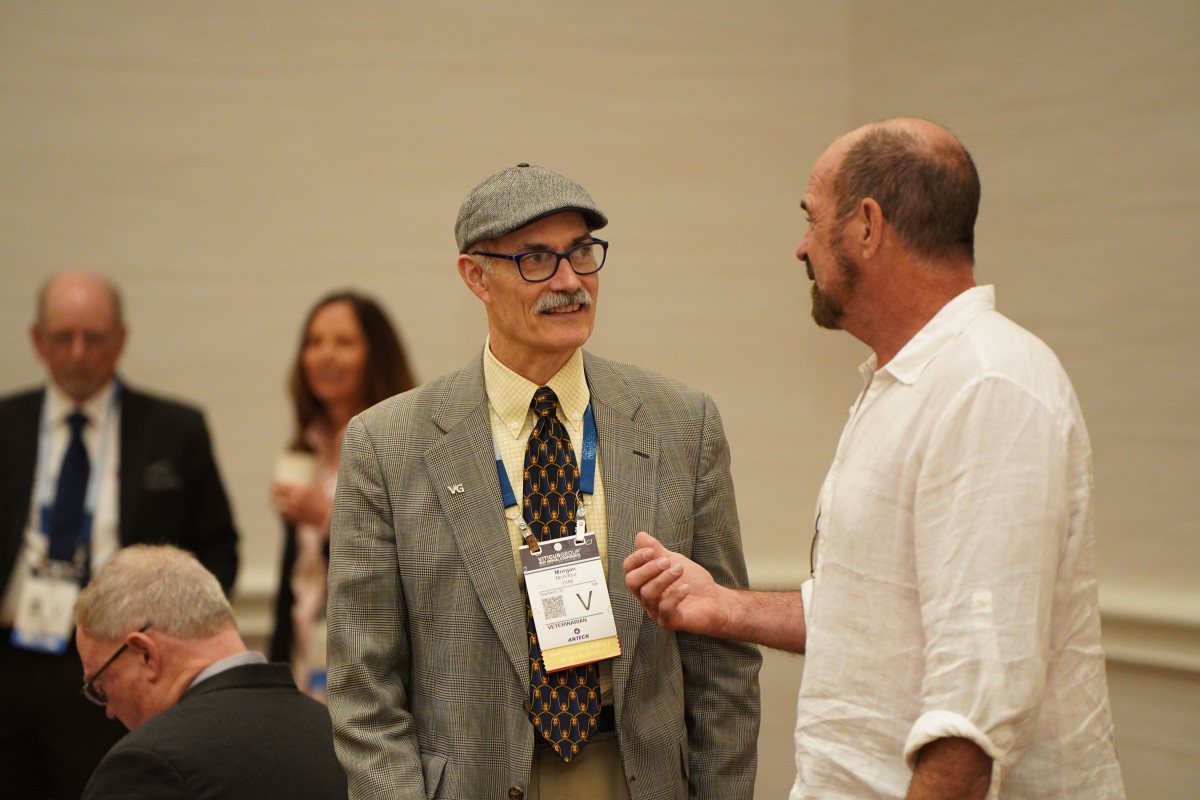
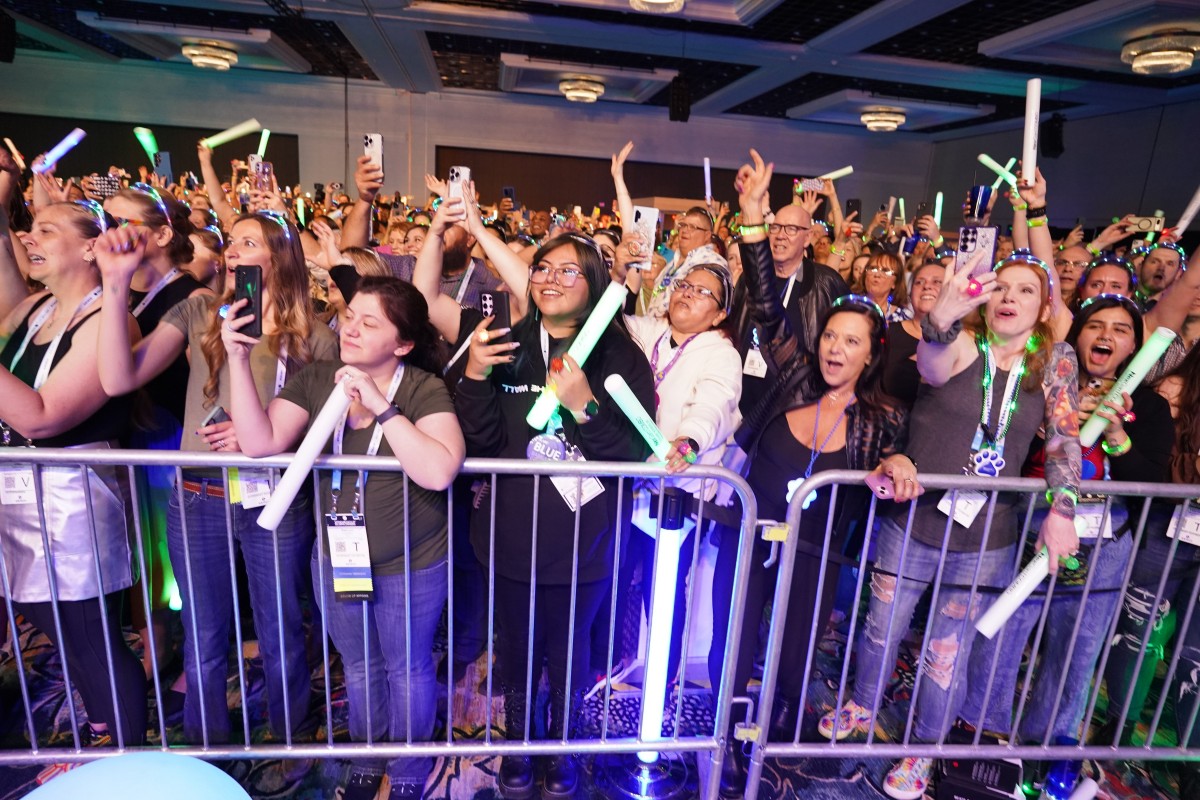
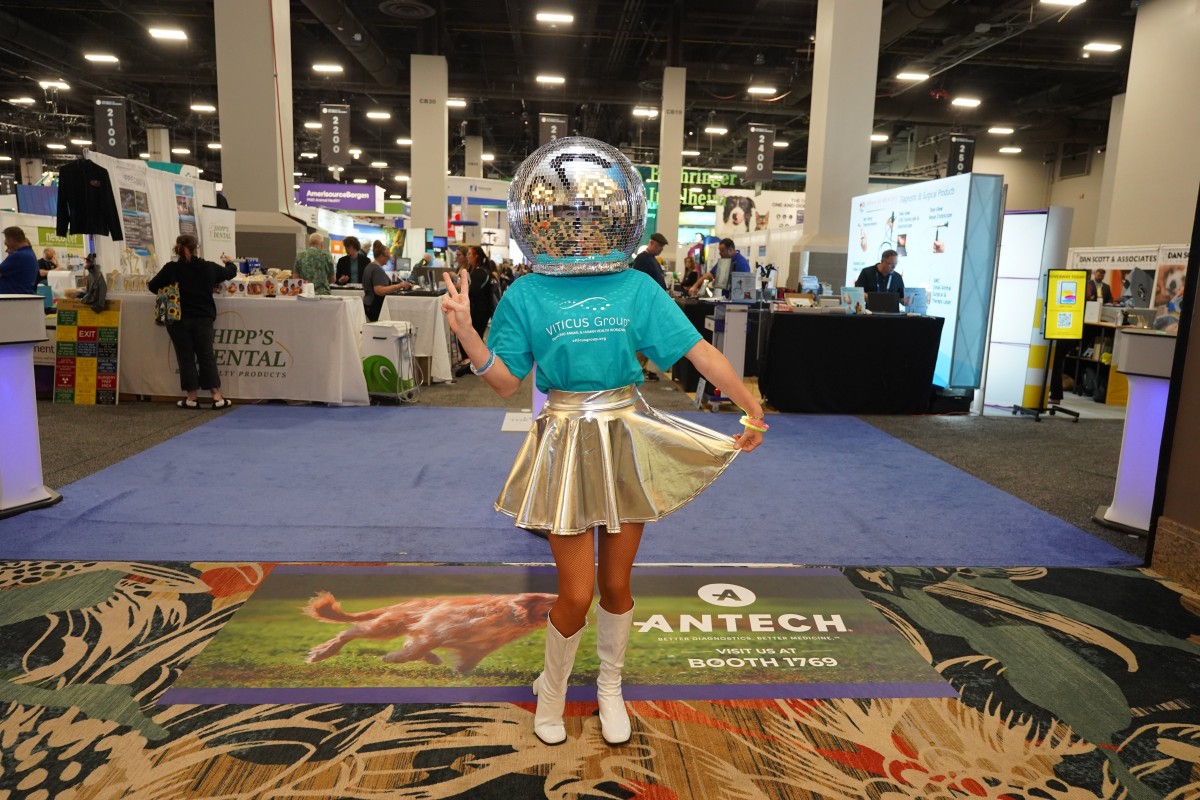

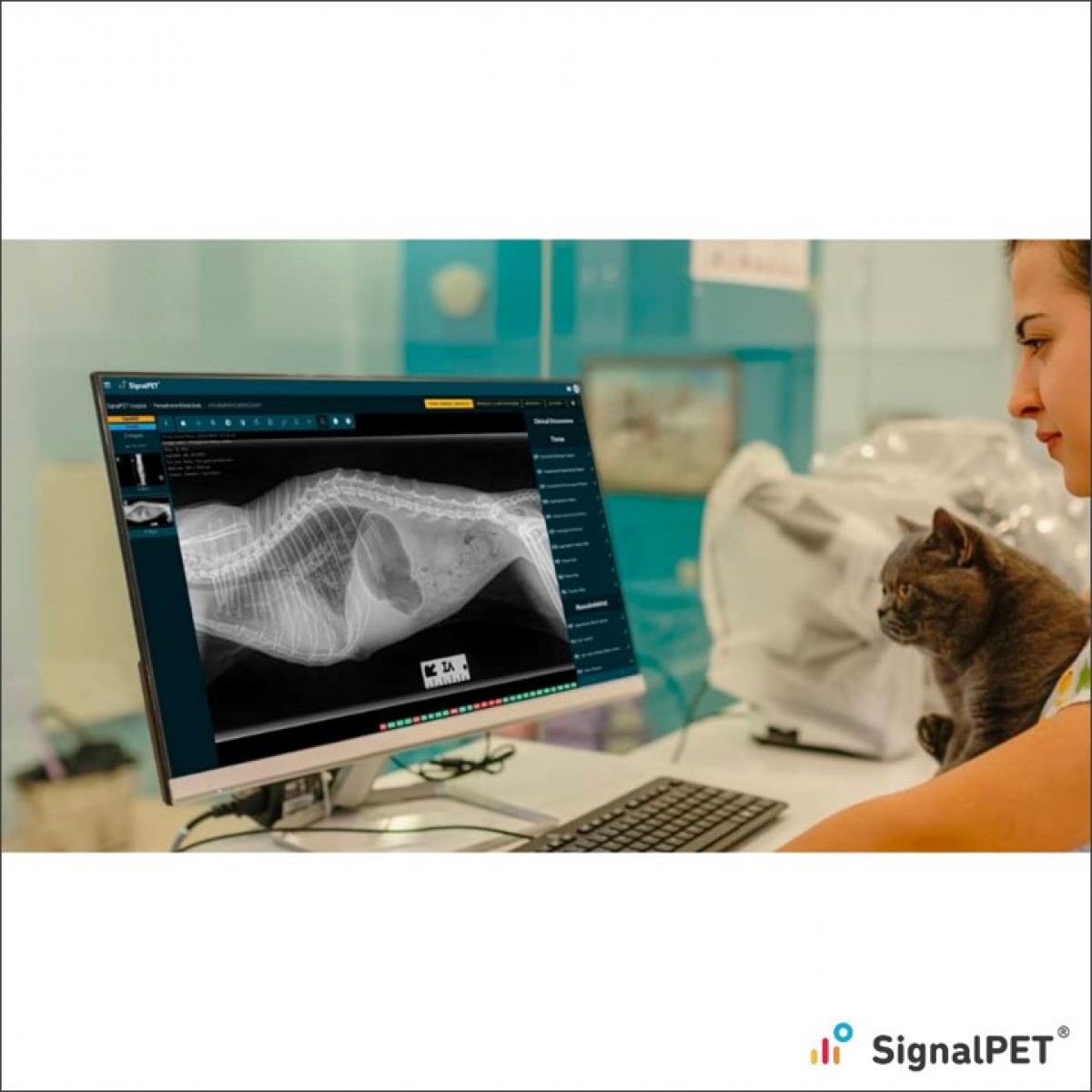









List
Add
Please enter a comment